Next in our series of Predictable Books: Cumulative Stories!
A Cumulative Story is a story that builds on a pattern. It starts with one person, place, thing, or event. Each time a new person, place, thing, or event is shown, all the previous ones are repeated (Example: Giant Turnip).
Cumulative stories are great for therapy because:
- There is LOTS of repetition, repetition, repetition (can you say, “Increased number of productions?!”). We love this for teaching a new sentence structure and for articulation practice.
- The macrostructure tends to be a problem/solution type of structure. Each event reinforces the initiating problem of the story and a new attempt at solving it. It helps children to think outside of the box of different solutions to the same problem.
- Many contain the “typical” macrostructure elements such as characters, setting [time and place], problem, solution, initiating event, character intentions and desires, and moral.
- The end of the story is distinctly different from all the previous, reduplicated events. This gives the end of the story an OOMPH that can be used to teach the concept of wrapping up a story with a strong ending.
- There are many opportunities for predicting what may happen next. Many times, the sequential events (and attempts to solve the problem) are the same, so the child can pick up on that pattern. The final, different event makes predicting even more fun and shows that there can be numerous ways to make a prediction.
- They can be adapted across age/grade levels, to work at the cognitive level of the student(s).
 How to use Cumulative Stories in Speech Therapy
How to use Cumulative Stories in Speech Therapy
As an example, here is one of our favorite Cumulative stories, and how we like to use it in therapy to target a variety of goals:
The Giant Turnip/El Nabo Gigante
by Aleksei Tolstoy and Niamh Sharkey
|
Goal: |
English |
Spanish |
|
Articulation | Final consonants, vocalic /r/ | /s/, /n/, /l/, /k/, multisyllabic words |
|
Syntax | Past tense sentence structure (ex. Planted, rained, pulled, etc..) | -Past tense structure (e.g. sembraron, creció, halaron, etc.)-Noun/verb agreement- singular vs. plural |
|
Conjunctions | Compound sentences conjoined with “but,” “still,” “so” | Compound sentences conjoined with “pero,” “aún,” “así que” |
|
Semantics | Vegetable and planting vocabulary, descriptive terms (colors, size), seasons | |
|
Wh- questions | What, who, where, when, why | Qué, quién, dónde, cuándo, por qué |
|
Macrostructure- story elements, structure, organization of a narrative |
|
A great language expansion strategy to use while reading Cumulative Stories is cloze procedures. The SLP describes the repeating phrases and events, and slowly says less and less, letting the students fill in the gaps. This requires them to pay attention, and the repetition of events and sentence structure helps them be more successful after hearing it numerous times.
We like to use lots of visuals when reading Cumulative Stories. These are great stories to sequence as you go, adding one item to your sequence strip at a time, and reinforcing the concept that everything prior to that event is repeated.
 How to make your own accordion book:
How to make your own accordion book:
A fun take-home activity to use with Cumulative Stories is an accordion book that opens up to more and pictures with each turn of the page. The student can glue each picture on the strip and by the end, they have a completely sequenced story. Here’s an example of how to do an accordion book. Check out these pictures and this 5 minute video on how-to make your own accordion book for cumulative stories.
- Take an 8.5×11 piece of paper and cut it in half length-wise. If it is a long story, tape the two short ends of each half sheet together, so you have one very long strip of paper.
- Fold the paper in half, width wise. Open the paper and fold the ends of the paper, in equal sized sections, towards the midline. If you are using an 11 inch long piece of paper, you will have a total of 6 equal sized sections.
- On one side of the paper you will put pictures from the story in REVERSE order, from RIGHT to LEFT:
- Picture of the problem, or initiating event
- First attempt at the solution/First event in the cumulative sequence
- Second attempt at the solution/Second event in the cumulative sequence
- Third attempt at the solution/Third event in the cumulative sequence
- Fourth attempt at the solution/Fourth event in the cumulative sequence
- Picture of the resolution of the story and/or the words “The End!”
- On the other side of the paper, put the title of the story on the second section (when going from LEFT to RIGHT). The rest of the sections on this side will be left blank.
- Now, turn the paper back over and fold in each section over the one in front of it, folding from LEFT to RIGHT. The title page should appear on the front after the last fold.
- To read your accordion book, open the title page first and you’ll see the initiating event. Keep unfolding your book to show the sequential attempts at the solution. The previous attempts will still be showing, so you can repeat each attempt at solving the problem (much like what is done in these cumulative stories).
Cumulative Results (pun intended)
Guess what? Much like Chain/Circular Stories, by using Cumulative stories that are rich in macro-structure elements, as well as concepts such as cause/effect, problem/solution, and predicting, we are automatically aligning to the core curriculum. We are still addressing multiple goals and are producing materials that can be used across several different disorder groups!
Next week’s post will include a full list of our favorite Cumulative Storybooks
Content for this essay adapted from Literacy-Based Speech and Language Activities. Use it to learn how to create powerful language therapy using predictable books.

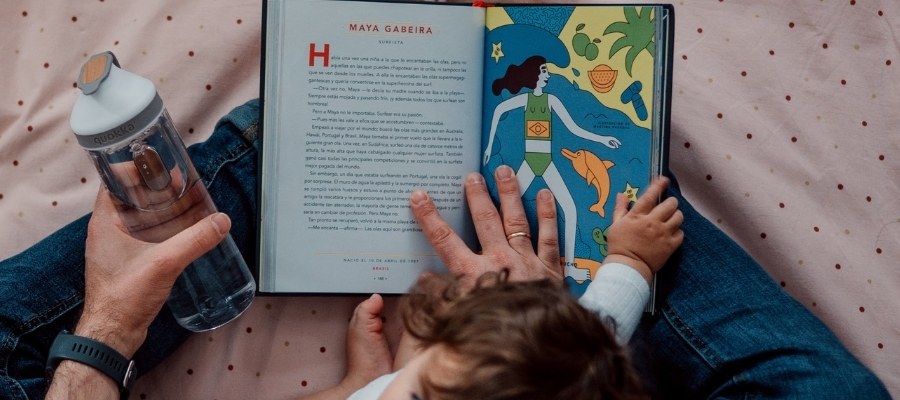
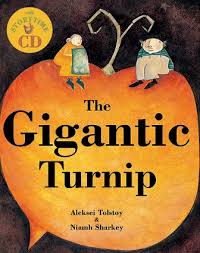

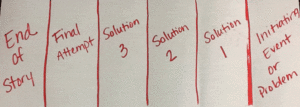
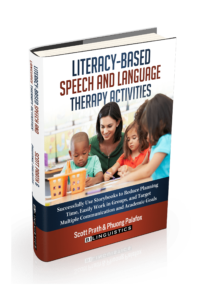

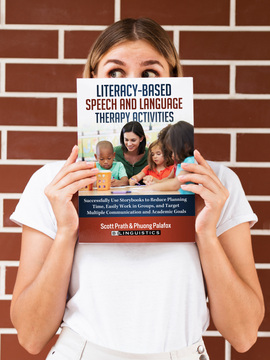
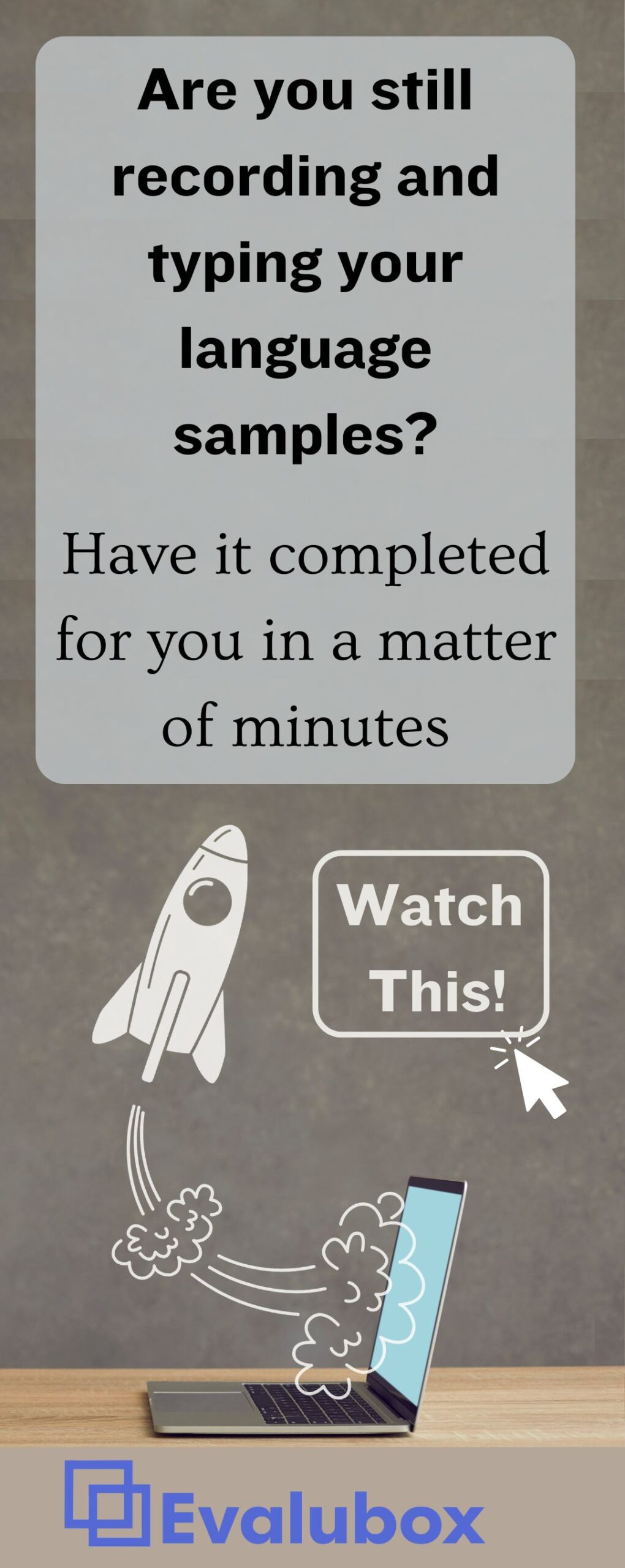
Great info!